Significance
The Wanggong Fire-Crossing Festival in Yilan’s Erjie Village is the largest religious fire-walking event in Taiwan. An old saying passed down from the pioneering settlers of Kavalan, today’s Yilan, states that the birthday of the Wanggong (a title collectively given to three brave warriors) is more important than the Lunar New Year, an indicator how highly regarded this festival is in the region. The fire-walking ceremony is a tradition that serves to consolidate local society and strengthen villagers’ sense of identity. It is also a religious purification rite. The phenomenon of the Wanggong selecting and possessing human spirit mediums (luětóngjī) is unique to the region. Today, the event is organized as a cultural festival, helping to preserve and promote traditional folk art troupes and theatrical performances. For this reason, the festival is considered an important cultural asset to Yilan.
History
Erjie’s Wanggong Temple is dedicated to three ancient warriors who were later referred to as the Three Kings (Gugong Sanwang). They became renowned for their courage in fighting the Mongols at the end of Song Dynasty in the late 13th century and were later enshrined and worshiped by residents of the Shikeng area of Fujian Province’s Zhangpu County, in China. In 1786, some early immigrants escorted the statues of the Three Kings to Kavalan and enshrined them in Erjie Village on the south bank of the Lanyang River. As worshippers moved to other parts of the island, duplicates of the statues were taken and enshrined in more than fifty temples around Taiwan. In consequence, a unique Gugong Sanwang religious network was built up. The purpose of the annual fire-walking ritual on the birthday of the third Wanggong is to ward off disasters and remove suffering and bad luck. The festival has been the primary religious event of Erjie’s Wanggong Temple ever since its beginnings in the Qing Dynasty over a century ago. It was an enormous spectacle even in its early years. In 1937, a report in the Taiwan Daily News noted that after that year’s fire-walking ritual, more than twenty folk troupe formations went on parade through the local area, drawing an unprecedented crowd of over 5,000 spectators. Volunteers had to be recruited to help direct traffic, and trains and buses to the venue were packed. In the 1950s and 1960s, more than 10,000 worshippers took part each year, and the Taiwan Railway Administration had to dispatch additional trains to transport pilgrims coming from different parts of Taiwan to participate in the event and attend the annual feast. In 2007, the Wanggong Fire-Crossing Festival was rated by the General Association of Chinese Culture as one of the top ten folk festivals in Taiwan, and in 2011, it was officially designated an Yilan County folk event.
Special Features
1Festival EventsThe Wanggong Fire-Crossing Festival celebrations begin at daybreak on the eve of the birthday of the third Wanggong with a ceremony of thanksgiving to the Gods of the Three Realms for their blessings and especially to the God of the Underworld for safety. Festival events include:
1. A ceremony of thanksgiving to the God of Heaven, the God of Earth, and the God of the Underworld for the harvest and for blessings bestowed upon the townspeople;
2. The Wanggong’s birthday celebration;
3. A feast to honor the heavenly soldiers and offerings to the other realm; and
4. The fire-walking ceremony, which is divided into seven steps, namely
(1) setting up ritual tables for the generals leading the heavenly soldiers, the Five Battalions of heavenly soldiers, and preparing the fire pit;
(2) asking the Wanggong to bless the fire and setting the charcoal alight;
(3) placing the statues of the deities on the palanquins;
(4) the Wanggong seeking out and possessing a spirit medium;
(5) performing Taoist rites to ritually purify the fire pit;
(6) the fire-walking ceremony; and
(7) returning the Wanggong statues to their thrones in the temple.
2Prayers of Thanksgiving to the God of the Three Realms At daybreak on the day before the fire-walking takes place, a thanksgiving ceremony is performed in front of the temple to express gratitude to different deities for their blessings and protection. This lasts about two hours. Afterwards, the deity statues in their palanquins (wǔjiào), the commanders of the heavenly soldiers, the drum squad, the pennant team, and the rest of the procession embark on a religious parade as part of a thanksgiving ritual dedicated to the heavenly soldiers of the Five Battalions who protect the people of the surrounding villages. The parade visits each of the Five Battalions (set up in the communities by villagers) in turn. Taoist incantations are chanted and rituals are performed to thank the heavenly commanders of each battalion. A sacred black pennant is carried in the fore of the parade to clear the road of evil spirits and lead the procession back to the temple, where the heavenly commander and the soldiers are rewarded with food and beverages and are relieved by new troops. The activity comes to a conclusion at noon when a final ceremony to honor and express thanksgiving to the spirit realm is conducted. The Wanggong’s birthday celebration is held at the temple beginning at 11:00 p.m. the following day, when Taoist incantations are chanted and Taoist rituals are performed.
At daybreak on the day before the fire-walking takes place, a thanksgiving ceremony is performed in front of the temple to express gratitude to different deities for their blessings and protection. This lasts about two hours. Afterwards, the deity statues in their palanquins (wǔjiào), the commanders of the heavenly soldiers, the drum squad, the pennant team, and the rest of the procession embark on a religious parade as part of a thanksgiving ritual dedicated to the heavenly soldiers of the Five Battalions who protect the people of the surrounding villages. The parade visits each of the Five Battalions (set up in the communities by villagers) in turn. Taoist incantations are chanted and rituals are performed to thank the heavenly commanders of each battalion. A sacred black pennant is carried in the fore of the parade to clear the road of evil spirits and lead the procession back to the temple, where the heavenly commander and the soldiers are rewarded with food and beverages and are relieved by new troops. The activity comes to a conclusion at noon when a final ceremony to honor and express thanksgiving to the spirit realm is conducted. The Wanggong’s birthday celebration is held at the temple beginning at 11:00 p.m. the following day, when Taoist incantations are chanted and Taoist rituals are performed.
3Blessing and Lighting the Fire The highlight of the Wanggong’s birthday fest is the fire-walking ceremony. At 7:00 a.m., the Charcoal Squad, composed of respected local senior citizens and senior temple staff members, enters the temple to ask the Wanggong’s blessing to set the prepared charcoal alight. In the afternoon, after ensuring that everything is in order, Poe divination is conducted (a traditional Chinese divination method, in which moon-shaped wooden blocks are thrown and the way they land interpreted to determine divine guidance) to seek the Wanggong’s instruction to begin the fire-walking activity. In the early years, as much as 20,000 catties (approximately 33,000 kilograms) of charcoal was used. Today, the quantity has been decreased to just over 10,000 catties to reduce environmental damage.
The highlight of the Wanggong’s birthday fest is the fire-walking ceremony. At 7:00 a.m., the Charcoal Squad, composed of respected local senior citizens and senior temple staff members, enters the temple to ask the Wanggong’s blessing to set the prepared charcoal alight. In the afternoon, after ensuring that everything is in order, Poe divination is conducted (a traditional Chinese divination method, in which moon-shaped wooden blocks are thrown and the way they land interpreted to determine divine guidance) to seek the Wanggong’s instruction to begin the fire-walking activity. In the early years, as much as 20,000 catties (approximately 33,000 kilograms) of charcoal was used. Today, the quantity has been decreased to just over 10,000 catties to reduce environmental damage.
4Appointing a Medium At 1:00 p.m. on the Wanggong’s birthday, the clerks of the temple conduct a unique ceremony in which the spirit of the third Wanggong is entreated to enter his statue on the palanquin, causing the chair and other palanquins of Wanggong’s troop to sway and turn to indicate the time and place where a spirit medium can be found (qǐniǎn). Then, starting from the fire pit in front of the temple, believers of the palanquin troop dash out to Zhenan Village, Erjie Village, Fuxing Village, or other areas near the temple to search for the medium. The process of deities selecting mediums whose bodies they will enter to manifest their powers is termed zhuōtóngjī. Somehow the Wanggong always knows exactly where the medium he wants can be found. Once located by the palanquins, the medium is possessed by the Wanggong and immediately enter a trance state. The medium would pierce their cheek with long brass skewers, bear a Five Phoenix Flag on their back and mount the palanquin, brandishing the sacred black pennant and other Taoist ceremonial objects. Surrounded by believers, the palanquins parade around the neighborhoods before proceeding toward the temple and entering the gate, signaling the commencement of the fire-walking ceremony in the square in front of the temple.
At 1:00 p.m. on the Wanggong’s birthday, the clerks of the temple conduct a unique ceremony in which the spirit of the third Wanggong is entreated to enter his statue on the palanquin, causing the chair and other palanquins of Wanggong’s troop to sway and turn to indicate the time and place where a spirit medium can be found (qǐniǎn). Then, starting from the fire pit in front of the temple, believers of the palanquin troop dash out to Zhenan Village, Erjie Village, Fuxing Village, or other areas near the temple to search for the medium. The process of deities selecting mediums whose bodies they will enter to manifest their powers is termed zhuōtóngjī. Somehow the Wanggong always knows exactly where the medium he wants can be found. Once located by the palanquins, the medium is possessed by the Wanggong and immediately enter a trance state. The medium would pierce their cheek with long brass skewers, bear a Five Phoenix Flag on their back and mount the palanquin, brandishing the sacred black pennant and other Taoist ceremonial objects. Surrounded by believers, the palanquins parade around the neighborhoods before proceeding toward the temple and entering the gate, signaling the commencement of the fire-walking ceremony in the square in front of the temple.
5Fire-walking The fire-walking ceremony is the highlight of the festival. Charcoal is piled up into a mound and set alight. Nearly ten thousand buzzing spectators suddenly fall silent, all holding their breath in expectation. Worshippers bearing dozens of palanquins carrying statues of deities first circle the fire pit twice before lining up to walk across the fire. After divination blocks are tossed and the consent of the Wanggong is obtained, the team carrying the sacred black pennant walks across the fire first, their morale boosted by the deafening roar of firecrackers and drums and gongs. Then the palanquins carrying the pennants of the Five Battalions, the mediums, and the Wanggong also cross the fire amidst incessant cheering applause. It is a thrilling sight. Finally, more believers carrying palanquins or holding statues walk across the fire in order according to the rank of the deities. Afterwards, all the statues are escorted back to the temple and placed on their thrones. The entire ceremony lasts about an hour.
The fire-walking ceremony is the highlight of the festival. Charcoal is piled up into a mound and set alight. Nearly ten thousand buzzing spectators suddenly fall silent, all holding their breath in expectation. Worshippers bearing dozens of palanquins carrying statues of deities first circle the fire pit twice before lining up to walk across the fire. After divination blocks are tossed and the consent of the Wanggong is obtained, the team carrying the sacred black pennant walks across the fire first, their morale boosted by the deafening roar of firecrackers and drums and gongs. Then the palanquins carrying the pennants of the Five Battalions, the mediums, and the Wanggong also cross the fire amidst incessant cheering applause. It is a thrilling sight. Finally, more believers carrying palanquins or holding statues walk across the fire in order according to the rank of the deities. Afterwards, all the statues are escorted back to the temple and placed on their thrones. The entire ceremony lasts about an hour.
6Wanggong Temple Erjie’s original Wanggong Temple was a traditional Han style building constructed by second-generation craftsmen in Kavalan. In 1997, the residents of the community concluded that the space was simply too small and they needed to construct a new temple building. However, to preserve this piece of local history, thousands of believers came together to move the entire old temple and place it across from the site where the new temple was to be built. A full-scale renovation was also conducted. In 2002, the old Wanggong Temple was registered as a historic building in Yilan County. Currently, plans are being made to turn it into a community cultural center.
Erjie’s original Wanggong Temple was a traditional Han style building constructed by second-generation craftsmen in Kavalan. In 1997, the residents of the community concluded that the space was simply too small and they needed to construct a new temple building. However, to preserve this piece of local history, thousands of believers came together to move the entire old temple and place it across from the site where the new temple was to be built. A full-scale renovation was also conducted. In 2002, the old Wanggong Temple was registered as a historic building in Yilan County. Currently, plans are being made to turn it into a community cultural center.
Reminders
The fire-walking ceremony is held on the 15th day of the 11th lunar month each year. Those taking part in the ceremony may not engage in sexual activity or eat meat for three days before the ceremony. People in mourning or having entered delivery rooms are considered impure and are therefore forbidden to partake in fire-walking. Otherwise, accidents such as palanquin crashes or participants getting burned might occur.
Panoramic
Directions